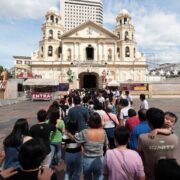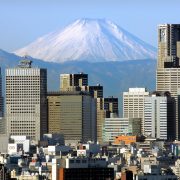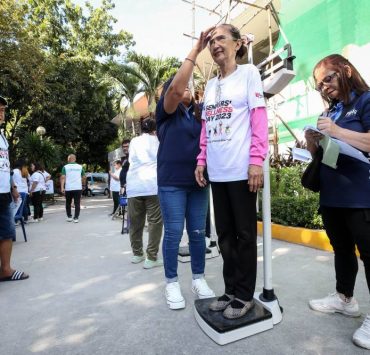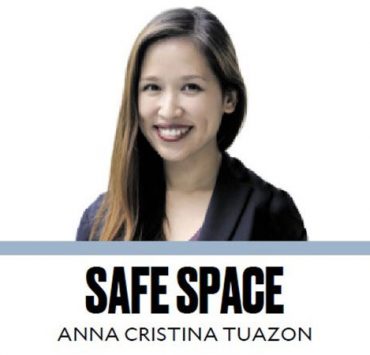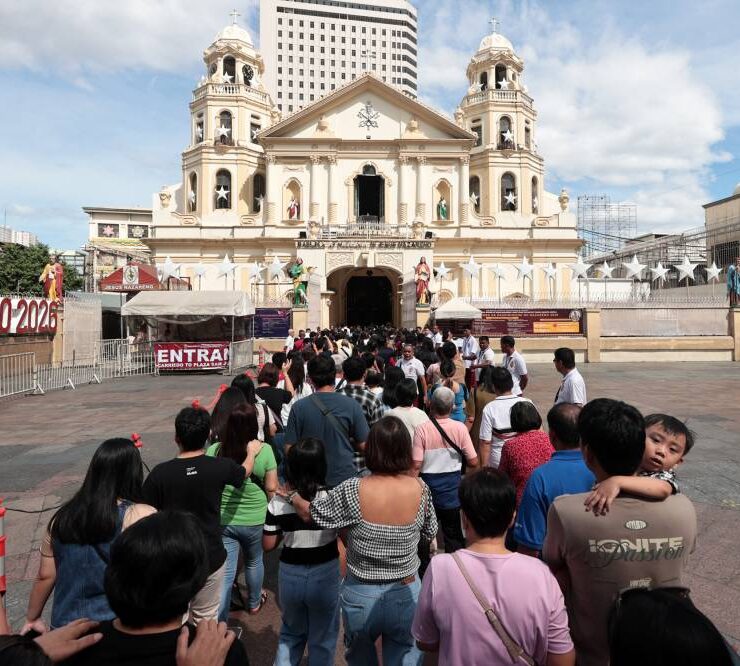To help ease traffic, NCR local governments adjust work sked starting April 15
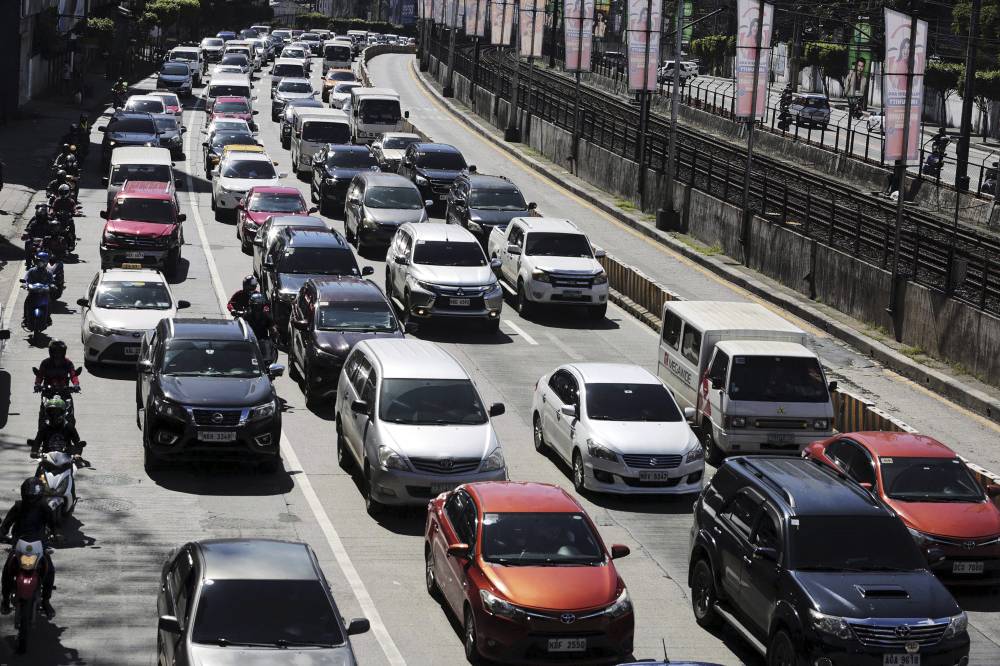
Starting April 15, all offices and agencies of local government units (LGUs) in the National Capital Region (NCR) will be adopting a modified working schedule from 7 a.m. to 4 p.m. as part of “innovative solutions” to reduce traffic congestion in the metropolis and improve the plight of commuters.
Metropolitan Manila Development Authority (MMDA) acting Chair Romando Artes announced the modified working hour schedule during the televised townhall meeting on traffic concerns with President Marcos on Wednesday.
Artes said that 22 percent, or 145,000 individuals, of the 645,000 LGU employees in Metro Manila own vehicles.
Expanded coverage
MMDA Resolution No. 24-08, which the Metro Manila Council (MMC) adopted on Feb. 28, enjoined LGUs to enact their respective ordinances to implement the modified working schedules. It also recommended that the President issue an executive order to implement the new working hours.
The resolution said the mayors would ensure the “strict implementation” of the modified working schedule.
LGU agencies providing essential services may also adopt the same schedule provided that it will not disrupt the continuous and uninterrupted public service delivery.
The MMC also “strongly encouraged” national government agencies in Metro Manila to adopt the same work schedule “to distribute the ingress and egress of employees, thereby mitigating traffic congestion during peak hours.”
The MMC is the governing board and policymaking body of the MMDA. The council is presided by the MMDA chair, with the mayors of the National Capital Region’s (NCR) 16 cities and one municipality, or their representatives, and the presidents of the Manila vice mayors and councilors leagues as voting members.
The transportation, public works, tourism, budget and human settlements secretaries, as well as the national police chief, sit in the council as nonvoting members.
The resolution stated that the “persistent” traffic congestion” in Metro Manila demanded novel ideas to improve commuting conditions and the well-being of residents of NCR.
“[A] comprehensive examination by the MMDA on the existing traffic congestion in Metro Manila has highlighted the need for innovative measures to address the prevailing traffic situation,” the resolution read.
The MMC said that findings from an MMDA study “underscore the potential effectiveness of implementing a standardized working schedule for government offices in Metro Manila, particularly during peak hours, in reducing traffic congestion.”
The council noted that the traditional 8 a.m. to 5 p.m. working hours in government offices aligned with the standard working hours of private companies, thereby contributing to traffic congestion in Metro Manila.
It noted that government transactions usually start early, prior to the 8 a.m. start, and were typically concluded before 5 p.m.
Legal basis
The MMC said it was authorized to adopt flexible working schedules under Section 6, Rule XVII of the Omnibus Rules Implementing Book V of the Administrative Code of 1897.
The resolution will take effect on April 15 and after its publication in the Official Gazette or a newspaper of general circulation and the filing of three copies of the document with the Office of the National Administrative Register of the University of the Philippines Law Center.
The 7 a.m. to 4 p.m. working schedule can also be regarded as a daylight saving time (DST) measure, especially during the summer season when days are longer.
The MMDA has been implementing measures to address the worsening traffic problem in Metro Manila, including the increased fines for illegal parking, ban on e-trikes on major thoroughfares, stricter implementation of the Edsa bus lanes, and the setting up of exclusive motorcycle lanes along Commonwealth Avenue in Quezon City.
Metro Manila ranks as the top urban area with the slowest travel time out of 387 cities across 55 countries monitored in the 2023 TomTom Traffic Index report where it took an average of 25 minutes to travel a distance of 10 kilometers.



